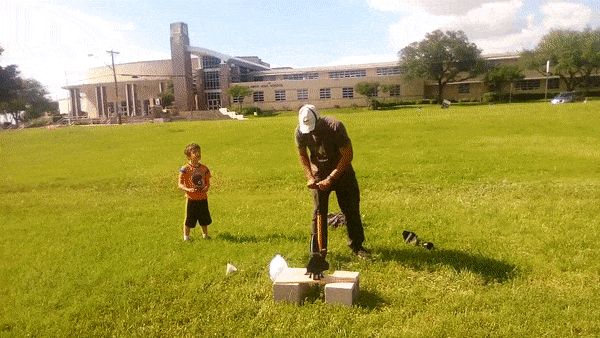
Background
The Water Bottle Rocket STEM Kit (still working on a better name) is meant to be a repository to tools, electronics, lesson plans, kits, models, designs, etc, for any and all people interested in building Water Bottle Rockets. My desire is to build on the code/models of others to extend the use of Water Bottle Rockets for STEM education purposes.
In a perfect world, people from all background would add to this repository:
- Teachers and science clubs can share lesson plans
- Civil leaders (Cub Scouts, Boy Scouts, Girl Scouts, etc) can share how they used this for merit badges or advancement
- Makers can share updated 3D printed designs, or electronics
Principles
At a high level, I want to design the kit around these five principles.
- Versatility - works for different age groups, different designs, and different technologies
- Extensibility- easily add pieces or build your own
- Useability - should be accessible to the non-tech savvy yet provide challenges/interested to experienced makers
- Open Collaboration - anyone can build their own, improve code/modules, access code/modules. We'll heavily leverage existing open source repositories to build on
- Accessibility - build with components and software that are low-cost/no-cost
Components
I'm still ideating the components; at a high level, I think I'll break the design and build of the project into three parts
Basic - DIY or Assembled Kit
- Launch Base
- Fins and cones
- Four 1-liter bottles
- Measuring cups and funnels
- Scale
- iOS/Android App
- Online dashboard
- Altitude Sensor
With this basic kit (and user-provided bicycle pump or air compressor), the user can:
- Launch a water bottle rocket
- Determine altitude of flight
- Derive rocket acceleration, thrust, and water exit velocity
- Plot flight
In addition, there will be bolt-on modules as well
Bolt-On Modules - purchase or build ala carte
- Auto Parachute Deploy (freefall sensor, servos, parachute)
- Auto Launch (pressure sensor and launch - via solenoid)
- Flight Camera - onboard
- Flight Tracking Camera - on the ground
In theory, anyone can build a bolt-on module, or improve on a basic module.
Considerations/Thoughts/Other Stuff
- Makers, designers, teachers, etc should have the ability to make money (if they desire) on their contributions. At the same time, I want to keep the spirit if open source. That works for hardware (Adafruit and Arduino are great examples).... I don't know how that would work for someone submitting a lesson plan
 Darian Johnson
Darian Johnson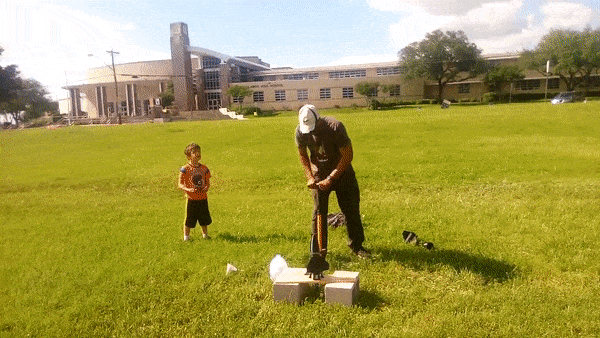
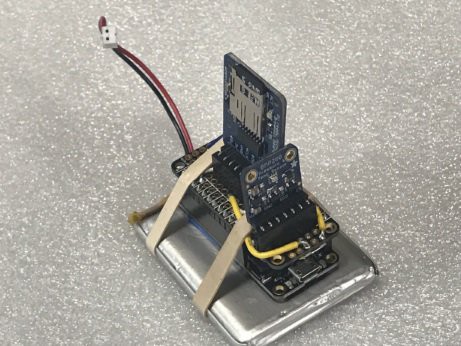
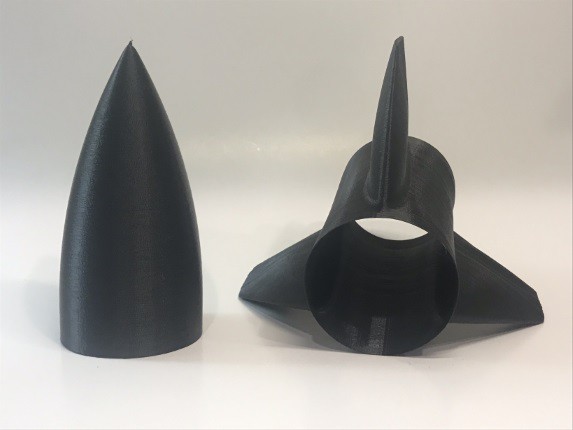
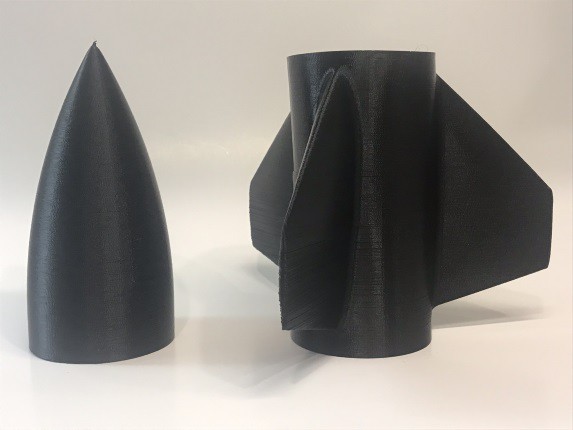
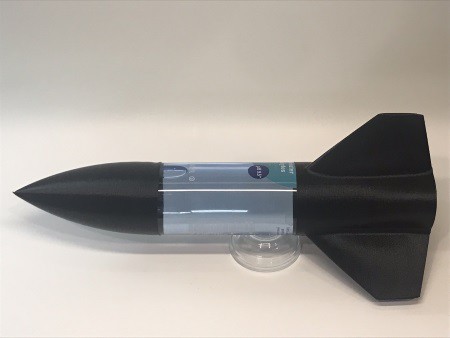
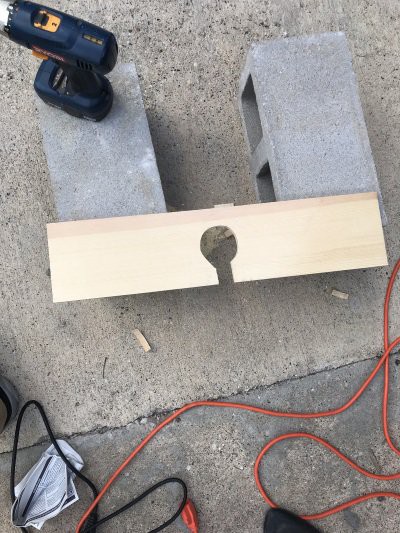
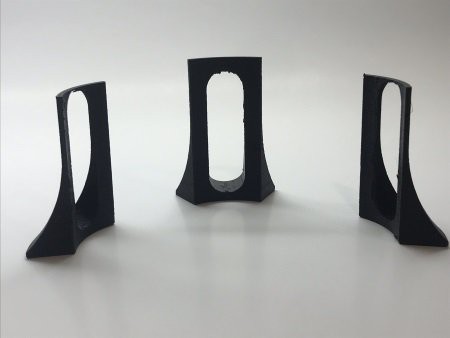
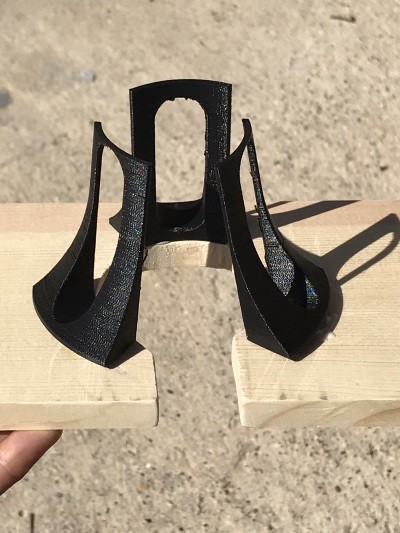
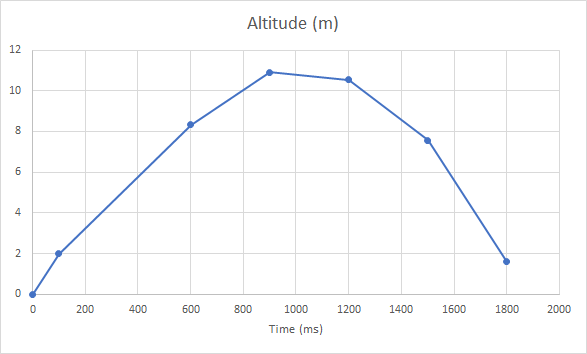
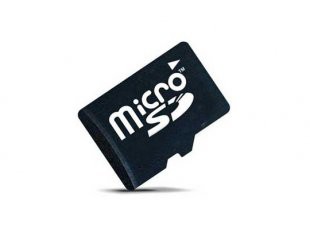

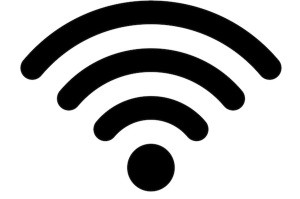
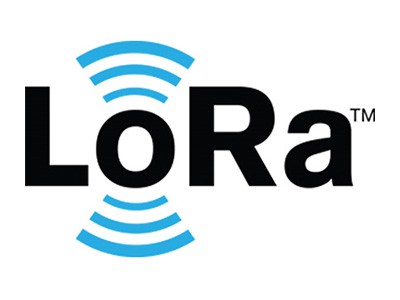
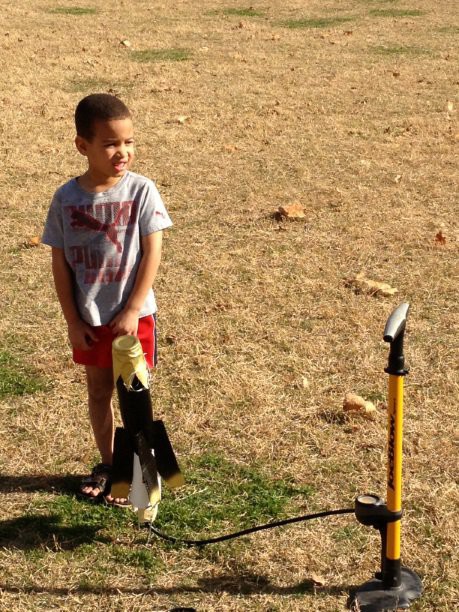
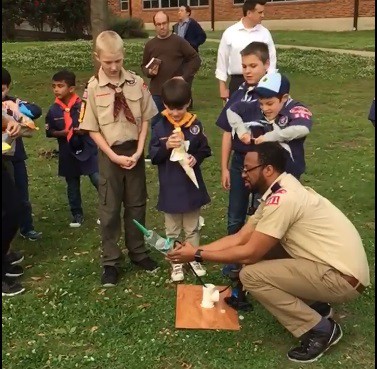



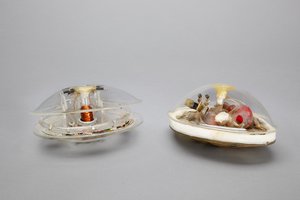
 Michael Barton-Sweeney
Michael Barton-Sweeney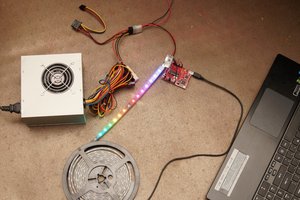
 infinityis
infinityis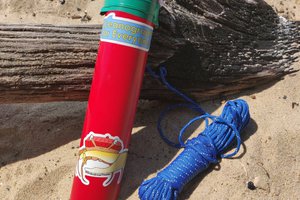
 andrew.david.thaler
andrew.david.thaler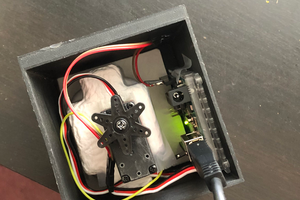
What I would love to see (and that is something I rarely see these days) is some sort of "retainer", to keep the rocket from firing too soon. One of the things you can consider is using gardena connectors to keep the rocket in place while being "charged". There is also a tonne of information on this website: http://www.aircommandrockets.com/